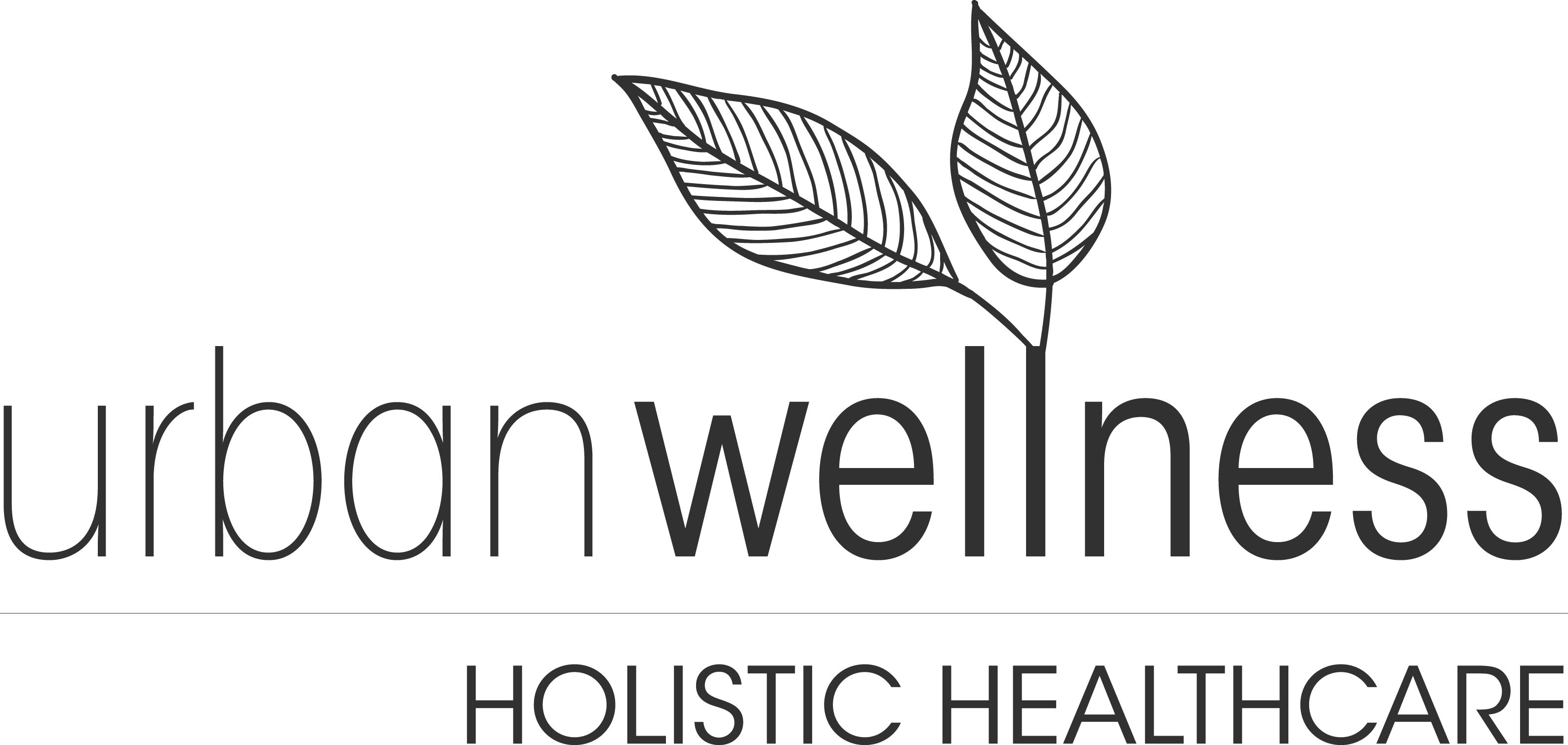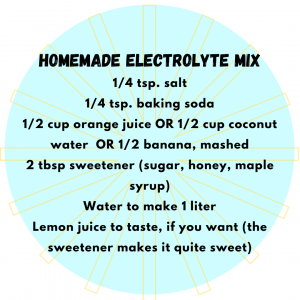Protecting Yourself from the Sun: How to more safely enjoy the summer
It’s that time of year again and this year in Ontario Mother Nature is providing us with an early summer. To take advantage of this fleeting time, I have put together some important tips to help you and your families get the most out of the season comfortably! Sun protection is now becoming a more contentious topic. Different sources tell us that we need the sun to make and use vitamin D, but the UV rays coming from the sun can cause skin cancer and premature aging. Like most things in life, sunlight in moderation is healthy but too much of a good thing get us in trouble!
Before you Step outside, Here are Some Steps to Make sure you are Protected
- Plan when you go outside. On the really hot and sunny days, try to plan your activities around the sun’s cycle. Go out in the morning and in the evening when the sun’s rays are not at their harshest. The sun peaks in the sky from the hours of 11am – 3pm so try to avoid being out too long at this time. This is important with little ones and pets that are less able to effectively cool themselves off when the sun is at its peak.
- Wear clothes. I know you’re hot but the best protection is to shield yourself from the harsh UV rays of the sun. Shirts, hats, shorts and pants shield your skin from the sun’s UV rays – and don’t coat your skin with goop. A long-sleeved surf shirt is a good start. If you do not have thick head hair, be sure to protect your scalp from burning by wearing a hat. A wide brimmed hat will provide extra protection for your face and shoulders. Light coloured clothing is best as it will not soak up as much heat.
Here are Some Easy Tips to Follow when you do Venture out to Enjoy the Sun
- Find shade – or make it. Picnic under a tree, read beneath an umbrella, take a canopy to the beach. Keep infants in the shade – they lack tanning pigments (melanin) to protect their skin. It is also important to keep pets in the shade as they are wearing a fur coat and become overheated easily!
- Sunglasses are essential. To protect your eyes from UV radiation, a cause of cataracts and decreased vision.
- Stay Hydrated. Our body’s way of cooling down in the sun is to sweat and these fluids need to be replaced. Even better than water alone is an electrolyte mix, but don’t go for the processed mixes, make your own using the attached recipe!
Environmental Working Group Suggestions for Choosing Sunscreens:
- No Spray Sunscreens: these can pose serious inhalation risks and it is easy to miss a spot when applying
- No Super-High SPFs: can leave your skin exposed to damaging UVA rays. The SPF refers to only protection against UVB radiation, which burns the skin. UVA radiation penetrates deep into the skin – accelerating skin aging and potentially causing skin cancer
- No Oxybenzone: estrogen mimicker in the body, disrupting hormones and may lead to increased risk for endometriosis and low birth weight infants.
- No Loose Powder Sunscreens: can cause damage to the lungs and contain titanium dioxide, which is potentially carcinogenic.
- No Retinyl Palmitate: great when used in a night cream but when used on sun-exposed skin it can actually speed development of skin tumours and lesions.
- No Combined Sunscreen/Bug Repellents: leads to increased skin absorption of repellent ingredients and these 2 products need to be reapplied at different times
- No Tanning Oils: increases risk of sunburn and thus developing skin cancer
Natural Sunburn Remedies:
- Aloe Vera: anti-inflammatory, cooling and high in antioxidants
- Vitamin E: best if used regularly as it helps to heal oxidative damage to skin cells
- Vinegar bath: helps to decrease the stinging sensation and is a great antiseptic
- Cool showers but not ice: cool showers will decrease the heat but ice can lead to an ice burn over the sun burn, yikes!
- Baking Soda paste: alkalinizes the skin, is soothing, antiseptic and a gentle exfoliant
- Cold milk and Yogourt: applied directly to the skin is soothing
- Manuka Honey: helps the skin to regenerate, is antibacterial and anti-inflammatory
- Tomato paste: helps reduce the sunburn response from UV radiation
- Oatmeal: when cooled is soothing to the skin and helps soften the skin
For an individualized approach to your sun care, please speak with your trusted health care provider!
Follow this link for a list of the Environmental Working Group’s just updated sunscreen information page:
https://www.ewg.org/sunscreen/



